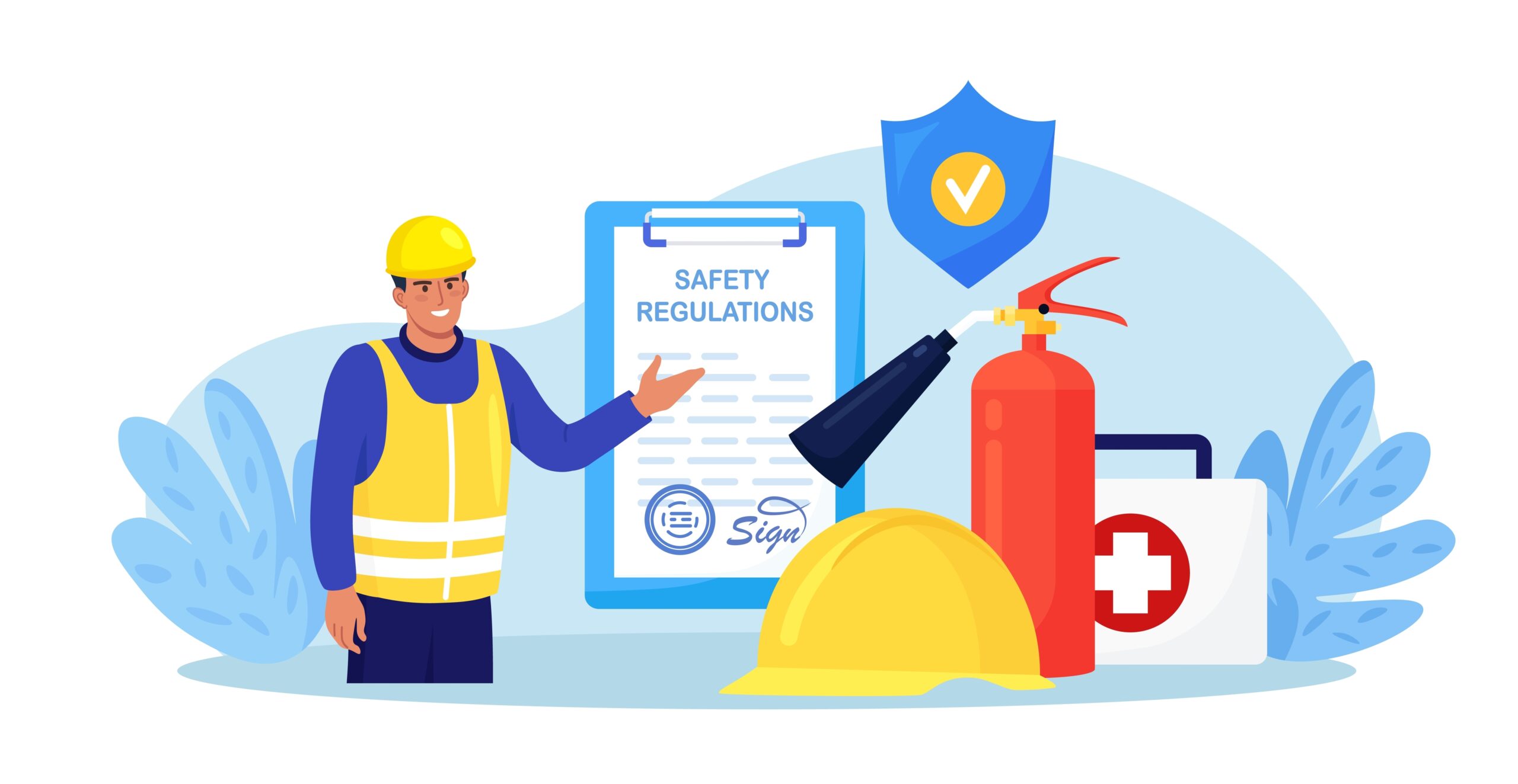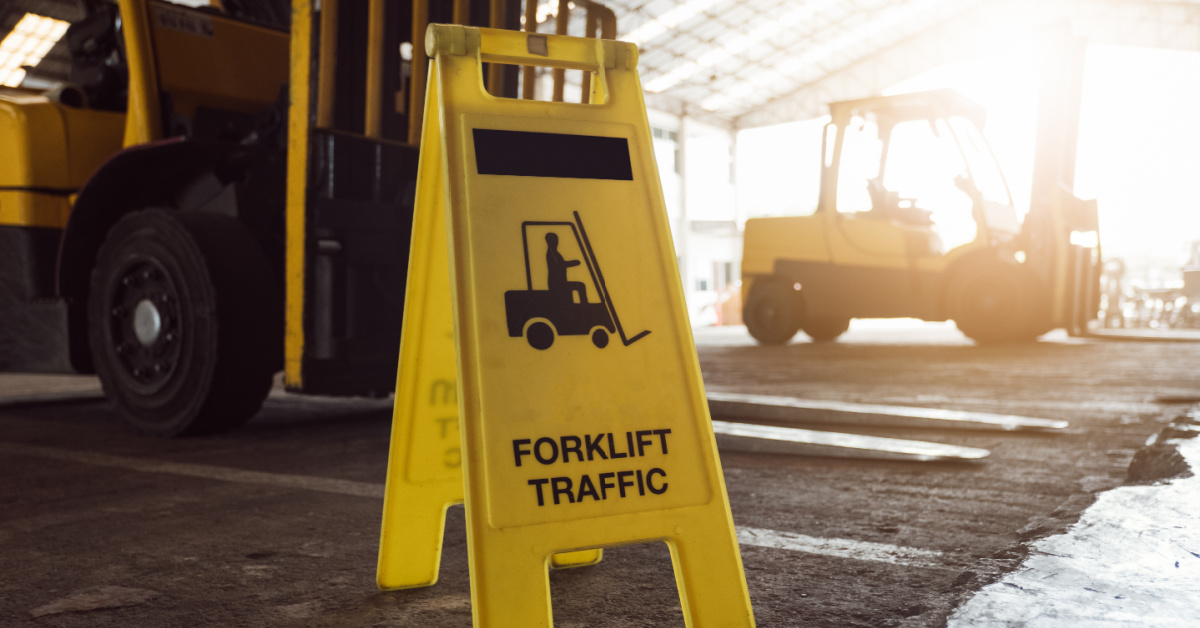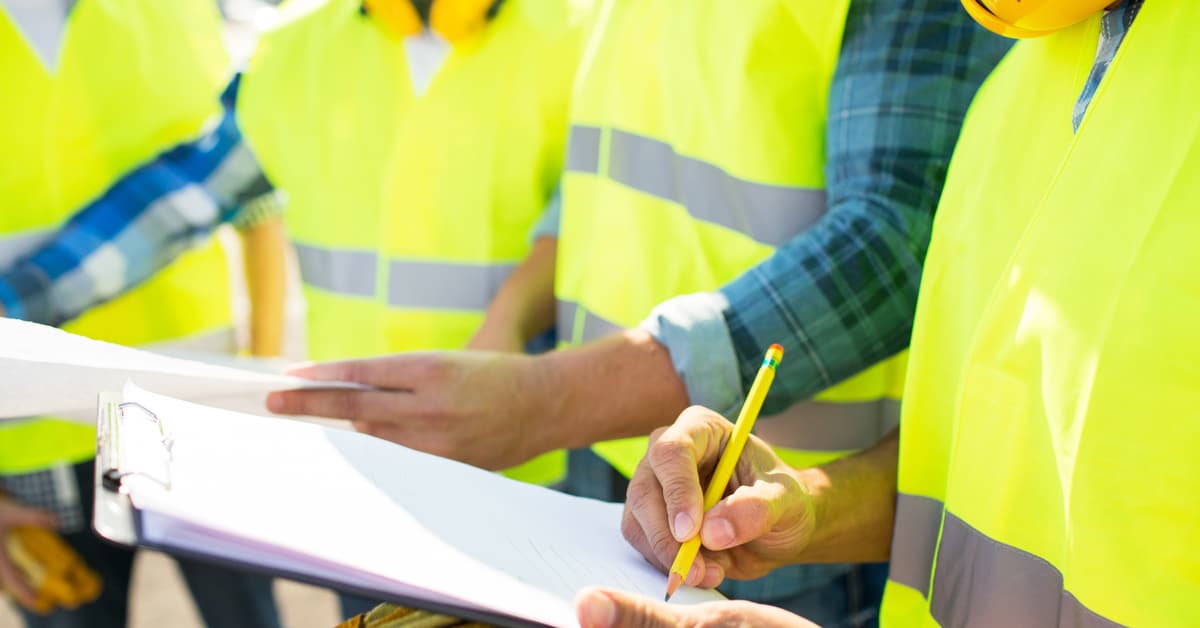
A checklist isn’t enough. In fast-paced environments with position changes and high turnover, real safety isn’t just about rules—it’s about behavior. And behavior is shaped by what people see, hear, and feel every day on the job.
In a recent HR HotSpot webinar, Dusty Ross—President of Ready Safe Go and former Division Safety Director at a major aerospace manufacturer—joined Verstela’s Jenifer Lambert to share what it really takes to build a safety culture that lasts.
With more than 28 years of experience across manufacturing, aerospace, and consulting, Ross brought leadership lessons from both the floor and the boardroom. The conversation was equal parts practical and powerful—reminding us that culture isn’t built by posters or policies, but by what people actually do.
Why this conversation matters now
In today’s workplace, safety can’t rely on intuition or “common sense.” With rotating shifts, frequent onboarding, and varied experience levels, clarity and consistency are everything.
As Ross emphasized, the goal isn’t just getting people to follow rules—it’s helping them want to. A strong safety culture shows up when employees choose to act safely, not because they’re being policed, but because they understand the why.
Four ways to reinforce safety every day
1. Safety Starts with Onboarding
Safety culture starts on day one. Ross shared how companies bring safety to life early—through visuals, values, and conversations, not just compliance checklists. One standout example: displaying employee photos with captions like “Why I Work Safe,” connecting behavior to what matters most.
How this helps: Safety sticks when it’s personal. Help new hires understand not just what to do—but why it matters.
2. Make safety visible
From visual boards that track incidents to department-specific PPE signage, Ross showed how effective teams make safety part of the everyday environment. One example: posting clear visuals near workstations that show exactly what protective gear is required—no guesswork, no confusion.
How this helps: Visual cues reinforce expectations and help employees—especially new ones—catch on faster.
3. Celebrate Safe Behavior
Ross emphasized the power of recognizing positive actions, not just reacting to problems. Leading organizations make it easy for employees to share safety wins—like a coworker speaking up, following protocol, or helping prevent an issue. When those actions are acknowledged quickly, they gain traction.
How this helps: Recognition drives repetition. The more you highlight what’s working, the more likely your team is to repeat it.
4. Encourage Speaking Up—And Back It Up
Employees are often the first to spot a risk—but they’ll only speak up if they know it’s safe to do so. Ross shared how one company not only welcomed employee input, but celebrated it. In one case, a worker who paused an unsafe process was recognized directly by the CEO.
How this helps: When people know they’ll be supported—not second-guessed—they’re more likely to act before problems escalate.
Watch the full conversation
This HR HotSpot session is packed with leadership insights, real-world examples, and actionable ideas for strengthening safety culture.
Approved for SHRM and HRCI recertification credits.
A final thought: Culture happens—whether you shape it or not.
Every organization has a safety culture—it’s just a question of whether it’s intentional. The most effective leaders don’t leave it to chance. They model expectations and reinforce them consistently. The result? A safer workplace.



